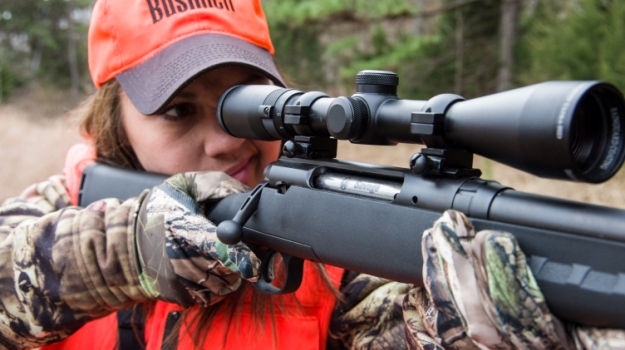by David Draper

Open a hunting or shooting catalog and you’re confronted with a seemingly endless array of optics choices for the hunter and shooter. From rifle and spotting scopes to binoculars and rangefinders, the selection – and the price range – is dizzying. Here are some tips on what the hunter needs to know when shopping for glass.
Optics Basics
When optics shopping, the first thing hunters and shooters are confronted with is a pile of numbers. Whether you’re looking at scopes or binos, you’ll see them listed with corresponding numbers that look something like this: 8 x 42, 12 x 50 or, in the case of scopes 3.5-9 x 44.
The first number in the optical equation refers to the magnification factor. Thus a pair of 8 x 32 binoculars provides 8 times the magnification of the naked eye. Put more simply, the object you are viewing (just for fun, pretend it’s a big 300+ elk) will look 8 times closer than it is. (Helpful hint: To remember this, use junior high algebra and pretend the “x” separating the numbers is a times or multiplication sign.)
In riflescopes, you might see a scope listed as 3.5-9 x 44. This means the magnification is variable from three-and-a-half times to 9 times.
The second number is called the “objective” and it’s measured in millimeters. It refers to the diameter of the exit lens of the optics, which is the opposite end of the lens you look through. The higher the number, the bigger the objective and the more light that enters the optics, which then translates into a brighter image. Typical sizes for binos are 32mm and 42mm, with scopes usually falling between 40mm and 50mm.
Another number you’ll often see listed with optics is the field-of-view (FOV). This gives you the width of the image you’ll see at a given distance (most binocular FOVs refer to image size at 1,000 yards and scope FOVs at 100 yards). The larger the FOV, the easier is it to find your target in the optics, something that can be crucial in quick-shooting situations. A general rule that’s good to remember is the higher the magnification, the smaller the FOV.




























